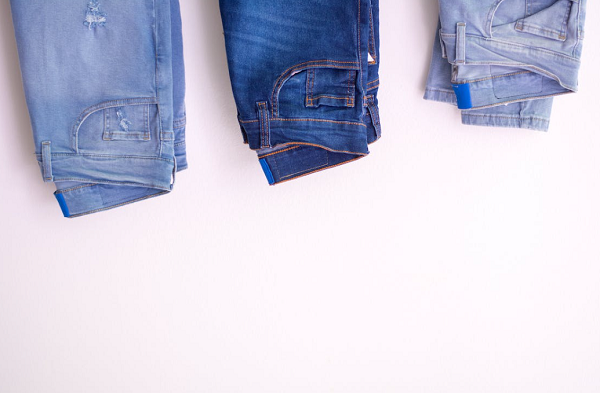The first thing to do is try on a pair of glasses. The temple ends should bend inward slightly against your index finger. If the temple end fits differently, you can constantly adjust it later. Next, place the glasses on a flat surface. Once they are cool, you should try them on and check for fit.
Eye size
The first step to buying eyeglasses is finding the right size for your nose. This is a little tricky, but you can quickly determine your size by reading the bridge measurements on a pair of glasses. Many optical stores and websites will have low bridge fit glasses that you can browse to find a frame that will fit you comfortably and securely.
To determine your eye size when wearing low bridge-fit glasses, start by measuring the bridge on your nose. The bridge is the bony part at the top of your nose, which usually protrudes. If your nose is low, the bridge will be flat. This can make a big difference when you’re wearing glasses.
A low-bridge frame can be a good option for people with small faces but large eyes. It will not pinch your nose and provide more protection against light and wind. Also, a narrow-bridge frame is better suited for people with narrow faces, whereas a wide-bridged frame will look more appealing on people with wide-set eyes. Another factor that will help determine your bridge size is your nose shape. If your nose is high, you should buy frames with a bridge that is even with your brow line. On the other hand, if your nose is low and curved, you should choose a lower-bridged frame.

Temple size
Temple size is essential when choosing a pair of glasses. This measurement measures the length of the temples from the position of the screws to the end of the temple, including the bend. The typical range of temple lengths is between 120mm and 150mm. Choose a pair with comfortable temples that fit horizontally along the sides of your face. Lens width is also important; the lenses should sit close to your eyes without being pushed outwards.
If you are considering buying a new pair of glasses, you may have to reduce the width of the lenses or get a different frame width. In such cases, you can use your current glasses as a guide. For example, if you have a pair of glasses that fits perfectly, try looking for frames with a bridge width of 18-22mm.
Usually, the eye size measurement is indicated by the lettering on the inside of the frame. However, the lettering sometimes needs to be clearer to read without a magnifying glass. Similarly, the bridge width measurement is measured by the bar at the center of the bridge and measures the distance between the lenses. A small bridge size usually falls in the 14mm to 16mm range, a medium bridge size is 17mm to 19mm, and a large bridge size is usually 20mm or more. Finally, the temple length is the measurement of the arms of the glasses, starting from the hinge. In addition to the length, temple length is also essential to avoid causing any distortion to the appearance of your face.
Weight
Low bridge glasses are designed with slightly curved temple arms, wider nose pads, and slightly tilted lenses.
While the “standard fit” of glasses is characterized by super straight temple arms and fixed nose pieces, low bridge frames use slightly curved temple arms and nose pads to secure the glasses behind the ear and reduce facial strain. Asian glasses, in contrast, tend to be thicker and lighter, making them more comfortable to wear.
Depending on your prescription, your low-bridge glasses may be heavier than the average pair of frames. However, these frames come with adjustable nose pads, making them suitable for different facial shapes and structures.
Frame design
When wearing glasses with a low bridge, it’s essential to understand the different frame styles and features. These differences will make your glasses fit more comfortably and reduce pressure on your nose. When shopping for glasses with a low bridge, look for the following characteristics: a lightweight, durable frame, flexible nose pads, and a slightly tilted lens. These features will help keep the glasses straight and prevent them from sliding down your nose.
The bridge number can vary, but people with narrow noses should choose a lower bridge. People with broad noses should select frames with a higher bridge number. Metal frames with adjustable nose pads are a good choice for narrow noses. The bridge design and depth of the lenses can also affect how well the glasses fit.
A low bridge fit glass may look out of place on your face if you have a flat nose and a high bridge. It may be uncomfortable, and the frames can slide around when the wearer blinks or sneezes. A low bridge fit glass should have a broad, round, or oval shape to provide ample coverage and avoid sagging.


